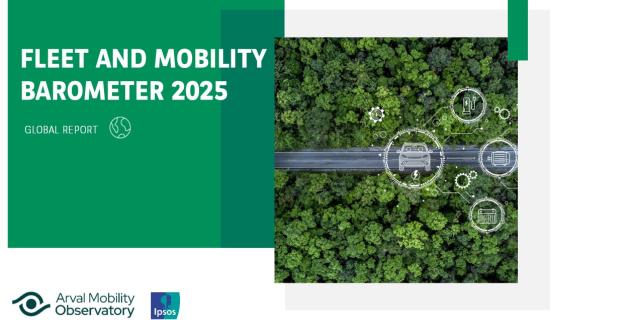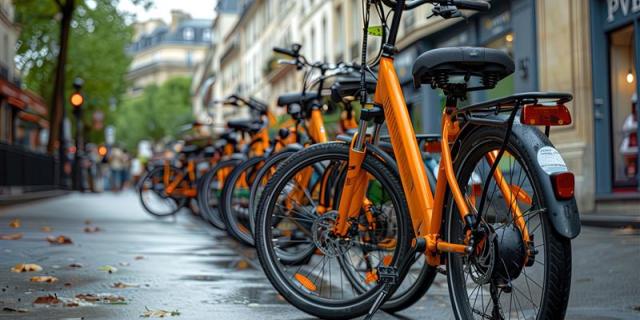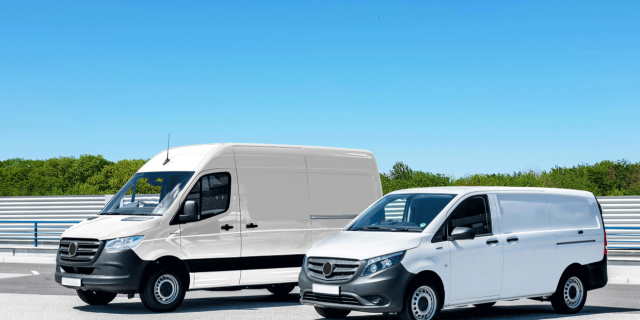Paris, 31st of May 2022
Electrification in the automotive industry has certainly not stopped short of the everyday workhorses – those vehicles that fleets use to deliver goods, conduct repairs, carry passengers, and service our networks.
Light commercial vehicles are the backbone of our industries. And they are rapidly going electric.
As logistics and delivery vehicles make up such a disproportionate amount of the vehicles in cities, lowering the carbon footprint of vans is very important to urban planners.
Equally, companies across many industries are keen to electrify van fleets, especially as they pursue carbon reduction targets. It’s almost impossible to reach net zero, and a company’s CSR targets, without addressing the emissions of vans.
It’s a question of simple economics: low-emission zones, low-noise zones, and congestion-charging zones have increased the cost of driving into some of Europe’s cities. With their higher uptime, electric vans are often more economical to run than their conventional counterparts.
Fleet managers across Europe have been longing for alternatives to diesel and petrol vans for over a decade. Early iterations of electric vans included start-up manufacturers, Modec and Smith Electric Vehicles, which launched in 2007. Even Major manufacturers have seen the potential for over a decade: Ford unveiled their electric van in 2010.
With the diversity of use-cases that vans are confronted with however the lack of range made product planning difficult for manufacturers, however. Some vans might drive 50 kilometers one day, and 350 another.
On top of this, the weight of the batteries compromised payload, especially for users which transport heavy goods, such as spare parts, and are dependent on lightweighting their vehicles.
But where cost-efficiency and volume are more important than payload – urban logistics and service companies, for example – electric vans have proven to be ideal companions. With clearly defined routes, well managed daily range, and charging stations available at depots, many of these fleets have already moved to fully electric or hybrid vans.
What’s more, electric vans are generally perceived as more pleasant to drive by those whose opinion counts most: the drivers. And for technicians and delivery drivers, who spend 8-12 hours per day in their vehicles, comfort is important.
The types of fleets for whom fully-electric or hybrid vans are suitable, continues to increase. Today, all major manufacturers build fully-electric vans, with some manufacturing hybrid models too, and they are offered in multiple sizes. Whether it’s car-based microvans, or full-sized chassis conversions, fully-electric vans are now available with ranges of up to 360km according to the Worldwide Harmonized Light Vehicles Test Procedure (WLTP).
A next step in the development of light commercial vehicles is building custom-designed vehicles in microfactories. Just as some logistics companies have always ordered custom-built vehicles, ridehailing and public transport operators will be able to order electric vans, specific to their use-case, from companies like Arrival.
For some companies, however, the best alternative to a diesel or electric van might not be a van at all. Electric bicycles – and especially cargo bikes – have become regular sights across Europe.
They are not subject to low-emissions zone charging, are often able to use bicycle lanes, enable more direct routings in cities, and their capacity has increased considerably.
From dropping-off just a few packages, to the exchange and delivery of entire pallets, using short-range electric cargo tricycles can have a meaningful impact on a company’s carbon footprint.
Finally, just as the commercial sector will soon no longer rely on internal-combustion engines, just perhaps it may even need to redeploy drivers. We can see the rise of electric and autonomous deliveries across the continent.











